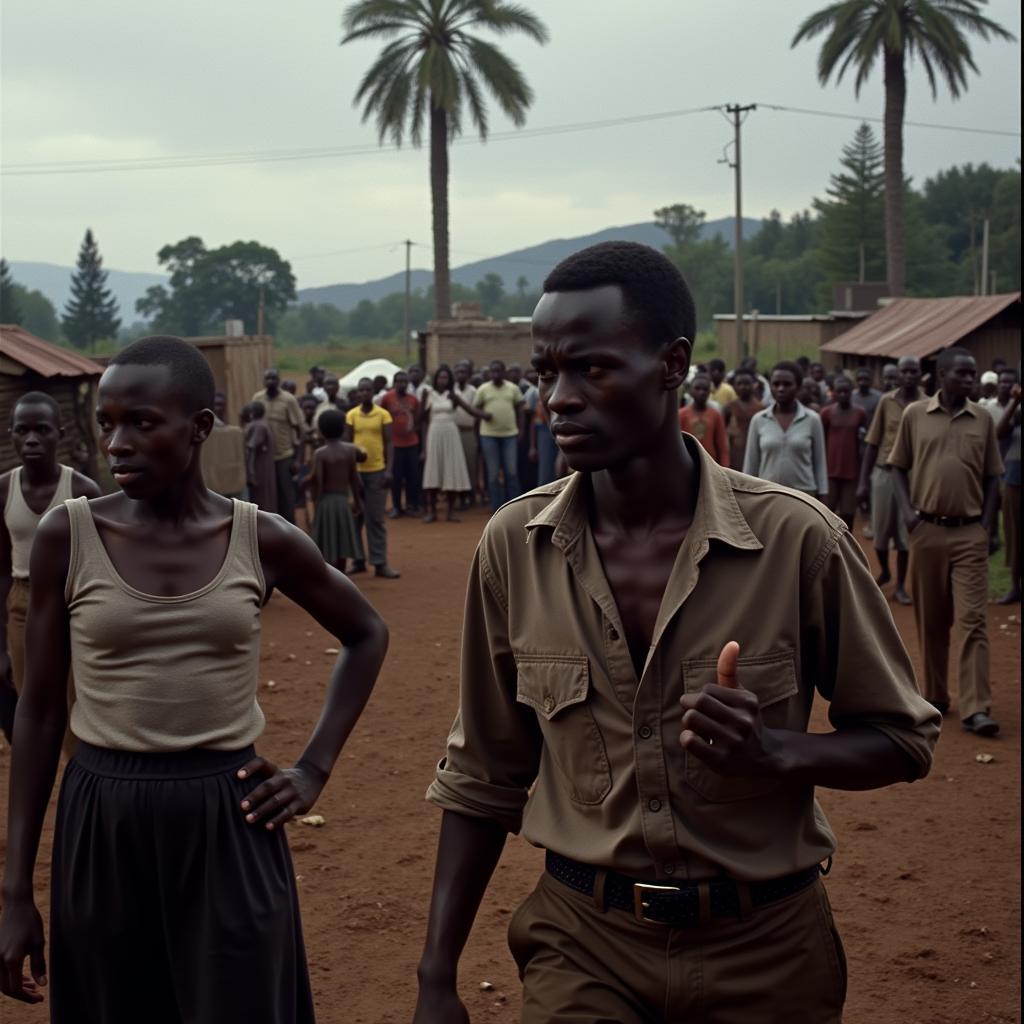African Fractals: A Modern Resurgence of Ancient Geometry
From vibrant textiles to intricate architecture, geometric patterns have always been an integral part of African culture. Among these patterns, fractals hold a unique place, their mesmerizing complexity reflecting a deep connection to nature and ancestral knowledge. While the term “fractal” might seem modern, coined in 1975 by mathematician Benoit Mandelbrot, the concept itself has been woven into the fabric of African Life for centuries. Today, we’re witnessing a fascinating resurgence of these ancient patterns in contemporary African art, design, and even technology.
Unpacking the Complexity: What are Fractals?
Fractals are infinitely complex patterns that repeat at different scales. Imagine a tree branching out: each branch resembles the whole tree in miniature. This self-similarity is a key characteristic of fractals, and it’s what gives them their mesmerizing, almost hypnotic quality. While mathematicians use complex equations to describe these patterns, African cultures have long incorporated them into their art and architecture, intuitively understanding their inherent beauty and order.
More Than Just Aesthetics: The Significance of Fractals in African Culture
In many African cultures, fractal patterns represent the interconnectedness of all things. They are visual metaphors for the cyclical nature of life, the passage of time, and the interconnectedness of generations.
For instance, the fractal layouts of many traditional African villages, where clusters of homes are arranged in patterns that echo the larger community, reflect a social structure built on kinship and communal living. These patterns are not merely decorative; they are expressions of cultural values, beliefs, and ways of life passed down through generations.
Fractal Expressions: From Ancient Traditions to Modern Innovations
The resurgence of interest in African fractals extends far beyond simply appreciating traditional art forms. Contemporary African artists, architects, and designers are reinterpreting these ancient patterns in exciting and innovative ways.
Architecture: Echoes of the Past in Modern Structures
Modern architects are incorporating fractal designs into their work, drawing inspiration from the sustainable building practices of ancient African civilizations. These structures not only pay homage to the past but also offer innovative solutions for modern-day challenges.
Fashion: Threads of Identity and Heritage
The fashion world has also embraced the beauty and symbolism of African fractals. Runways showcase vibrant textiles adorned with these intricate patterns, breathing new life into traditional techniques and motifs. Designers are using these patterns to create stunning garments and accessories that celebrate African heritage while pushing creative boundaries.
 Modern African Fashion Designer with a Fractal-Inspired Dress
Modern African Fashion Designer with a Fractal-Inspired Dress
Technology: Bridging the Gap Between Art and Innovation
Even the tech world is experiencing the influence of African fractals. From algorithms used in computer graphics to the design of antennas and other technological devices, these patterns offer solutions for complex problems, demonstrating the enduring relevance of ancient wisdom in the digital age.
African Fractals: A Timeless Legacy
The enduring presence of fractals in African culture speaks to their power as a universal language. They transcend geographical boundaries and cultural differences, connecting us to a shared human experience and reminding us of the interconnectedness of all things. As we move forward, embracing the beauty and wisdom embedded within African fractals can inspire us to approach challenges with creativity and innovation, drawing upon the rich tapestry of human knowledge passed down through generations.


